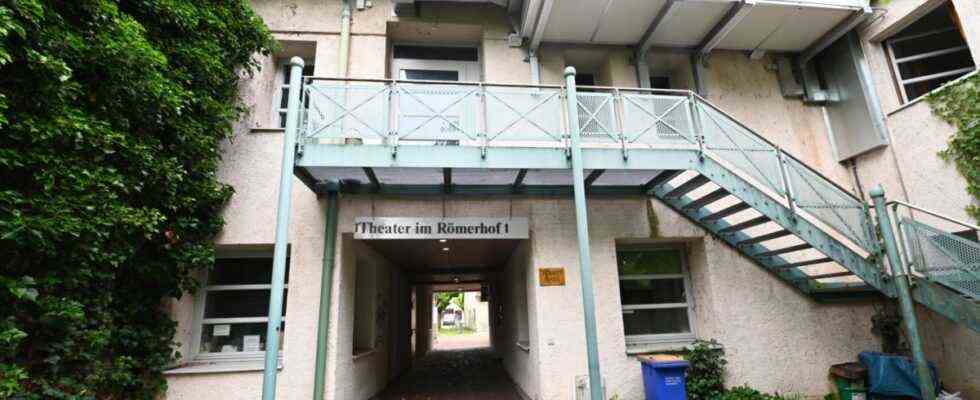The Römerhof in Garching must be renovated more extensively than previously thought. This is what studies by the municipal building authorities suggest. In addition to the planned installation of fire alarm systems, fire protection and structural improvements on the ceilings in the northern part of the house are likely to be necessary so that the historic building complies with all current fire protection regulations. Affected are the rooms of the kindergarten “Spatzennest”, the large day care of the neighborhood help, the advice center of the workers welfare (Awo) as well as the granny flat on the second floor. The city has already obtained offers for a redevelopment concept.
The Römerhof is one of the oldest historically documented properties in Garching and has long been one of the largest agricultural estates in the town. The farm probably got its name from a former owner, after whom it was first called Riedmairhof, later Riemerhof and finally Römerhof. The property had changing owners; Among other things, it served as a residence for Ernst Hüdepohl, mayor of Garching during the Nazi dictatorship from 1938 to 1945. In 1971 the municipality of Garching bought the property and partially rebuilt the building. In 1972/73 the parish kindergarten “Spatzennest” was set up in the former residential building, further social institutions followed.
In 1990 the municipality had the east wing, the former farm building, rebuilt and thus also made the Römerhof a cultural center: in 1992 the “Theater im Römerhof” opened, and in 1994 the music school. The three-winged building also houses a glass blower, a clay workshop, a dance studio, a veterinary practice, storage rooms for the Zeitkind clubs, the Schützen, the hiking club and the farmers’ stage, as well as the building yard.
After questions about fire protection at the Römerhof arose about three years ago after a building inspection, the city examined the courtyard complex and re-recorded the existing building, as not all changes in use had been documented accordingly in the past. In April 2020, the city council gave its approval to upgrade the fire protection in the north and east wings of the building accordingly and, among other things, to install two barrier-free toilets, one in the music school and one for the theater. The administration submitted the building application to the district office in September 2020.
However, the supervisory authority requested additional evidence regarding the statics in the north wing. Therefore, the Garching building authorities had several ceilings and floors opened in the rooms of the Awo, the kindergarten and the day care last autumn and spring. According to the administration, none of the open ceilings met the minimum fire protection requirements stipulated today with regard to fire resistance in the event of a fire. So they have to be upgraded, both in terms of fire protection and statics. For example, it might be necessary to pull in steel girders or other steel elements. According to the administration, a structural engineer commissioned does not assess the stability of the part of the building as being at risk.
How such an upgrade can take place, experts should now create a renovation concept. The city hopes that this will provide an overview of the full extent of the work required, including costs; So far, after a rough estimate from April 2020, the administration had assumed a gross figure of almost 310,000 euros including the two barrier-free toilets. According to the latest findings, it is unlikely to remain at this sum.
Even more important to many, however, is the question of how the construction work should be carried out without restricting the operation of the kindergarten, day care and the advice center too much. The administration wants to check whether at least part of the work can take place during ongoing operations, for example by upgrading the ceilings in sections. You also want to use break times.
The three groups of the kindergarten in the Römerhof attend up to 65 children. In day care, the neighborhood help looks after two groups with up to eight children each.

